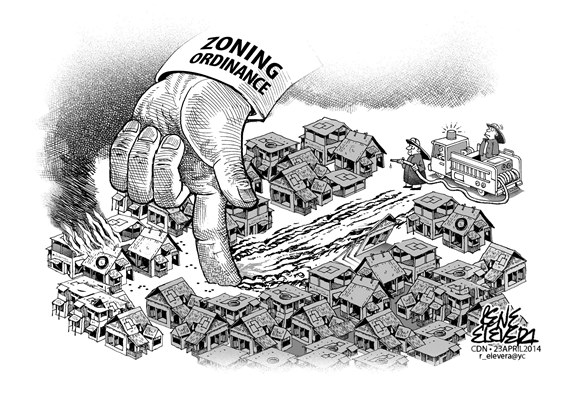Residents of barangay Camputhaw did not deserve to meet with tragedy on the first night of the joyous season of Easter.
But their fate—30 homes razed, an elderly resident, Raymond Belda burned to death—is another grim reminder for residents especially in crowded settlements to exhaust all measures to ensure safety from accidental fires.
It also highlighted once more the common danger of narrow streets that should otherwise be wide for firetrucks to pass through when a fire breaks out.
Surely City Hall particularly our land authorities have better ideas to quickly implement in terms of making our neighborhoods fire resilient.
Firemen can only do so much in dousing flames, and we thank them for preventing the spread of the fire in the dense barangay all the way to the dormitories in and outside the University of the Philippines-Cebu where students taking summer classes reside.
The school administration’s restraint in reclaiming the land it owns, still occupied by informal settlers, is welcome.
So is the effort of students to organize a relief drive that should supplement the assistance being offered by the city government.
But departments in charge of serving the urban poor and promoting proper zoning need now more than ever to find ways to arrange the city in a way that facilitates efficient and effective response to fire alarms.
Which brings us back to the question of a comprehensive land use policy to enforce, among other things, the correct zoning and spacing of houses and other buildings and the relocation of informal settlers to livable communities.
In cases of fire, accessible roads and well-planned communities spell the difference between survival and the loss of lives and property.
